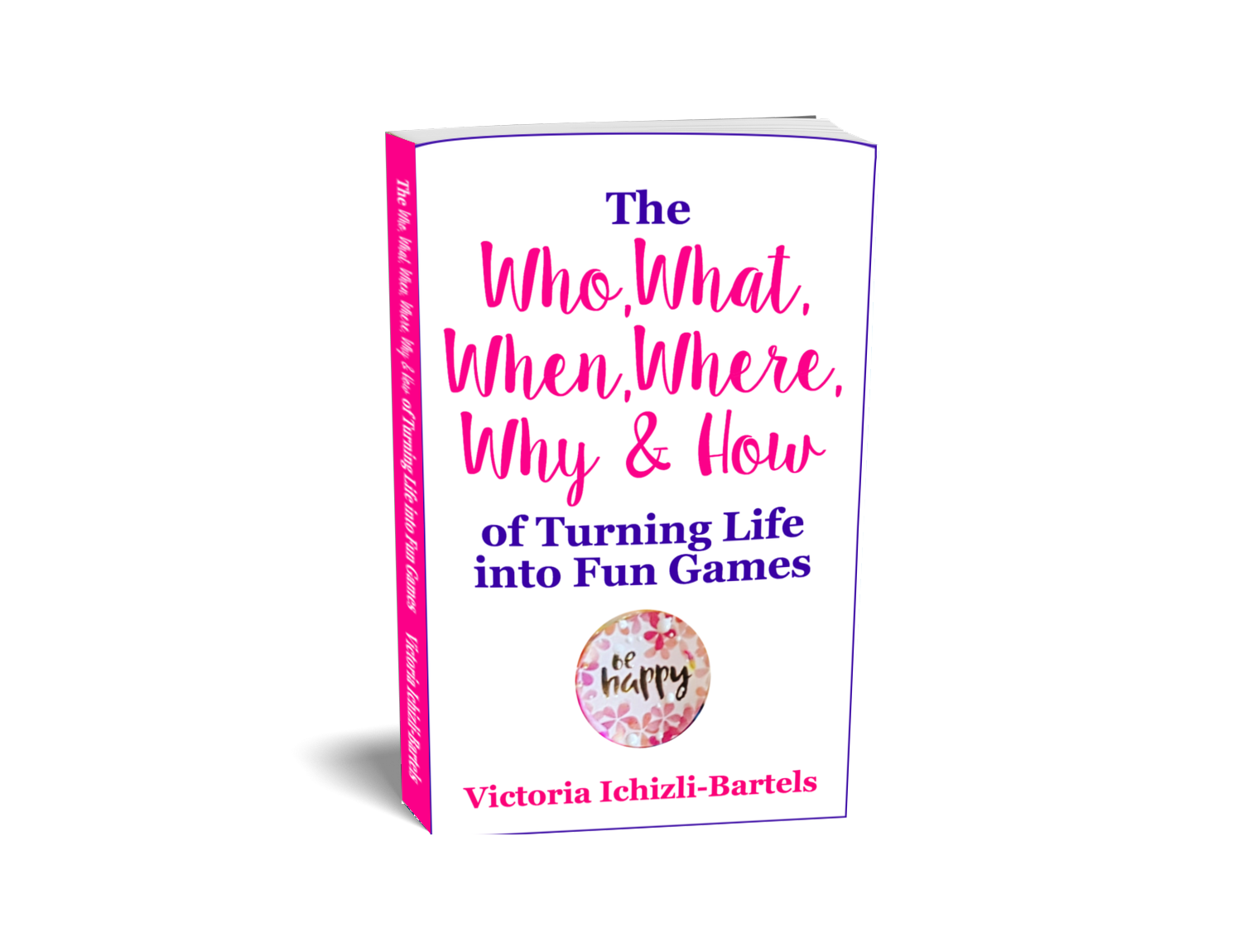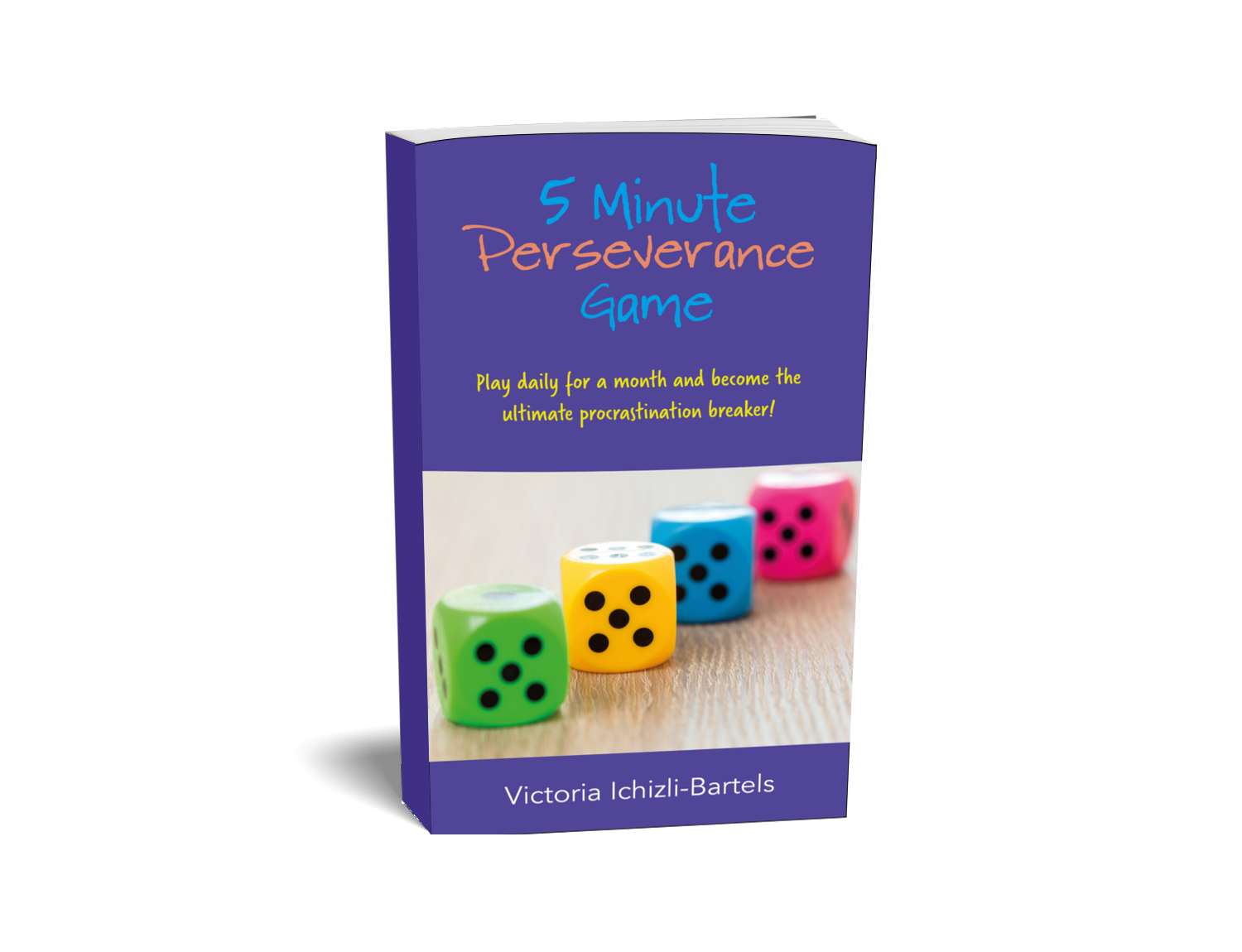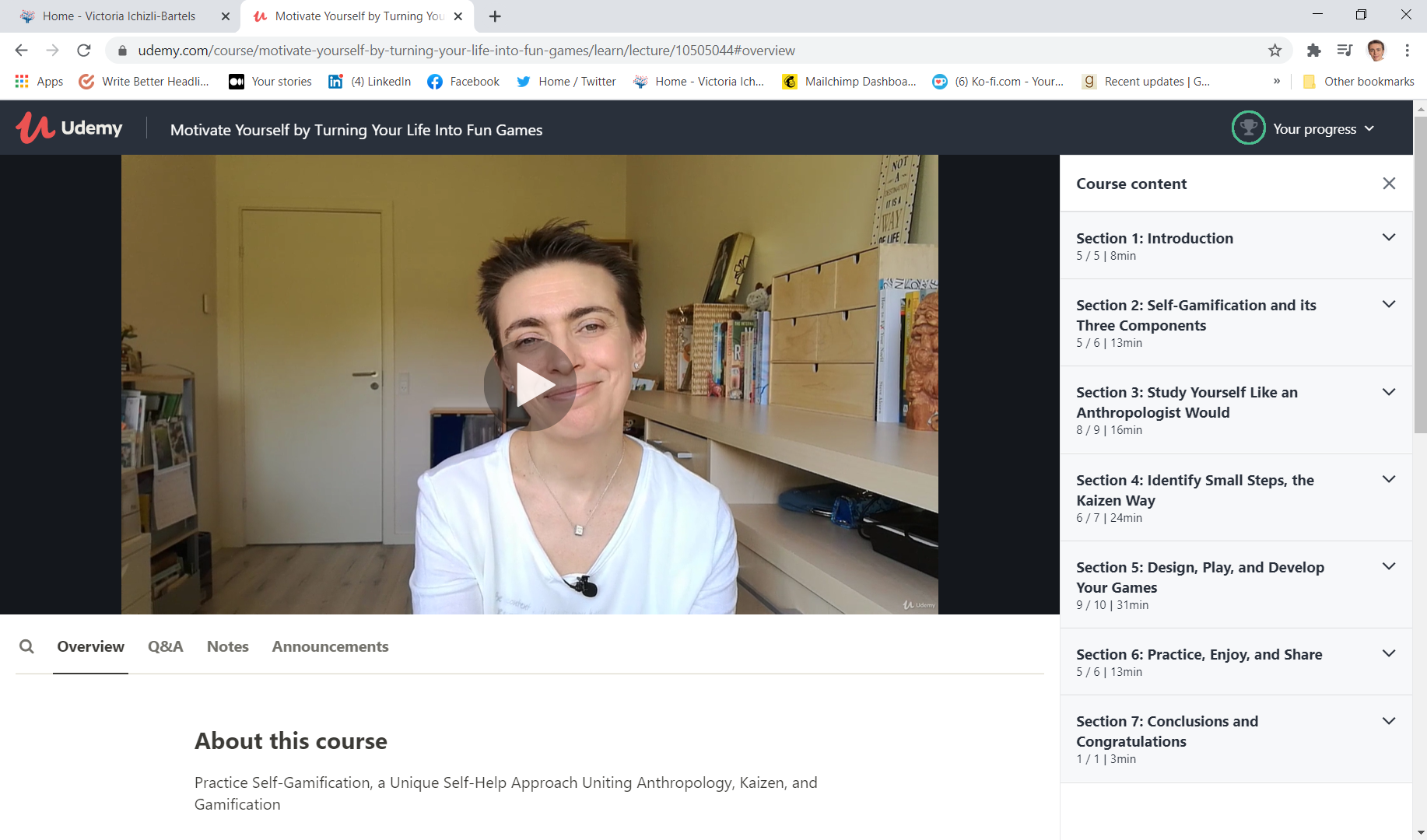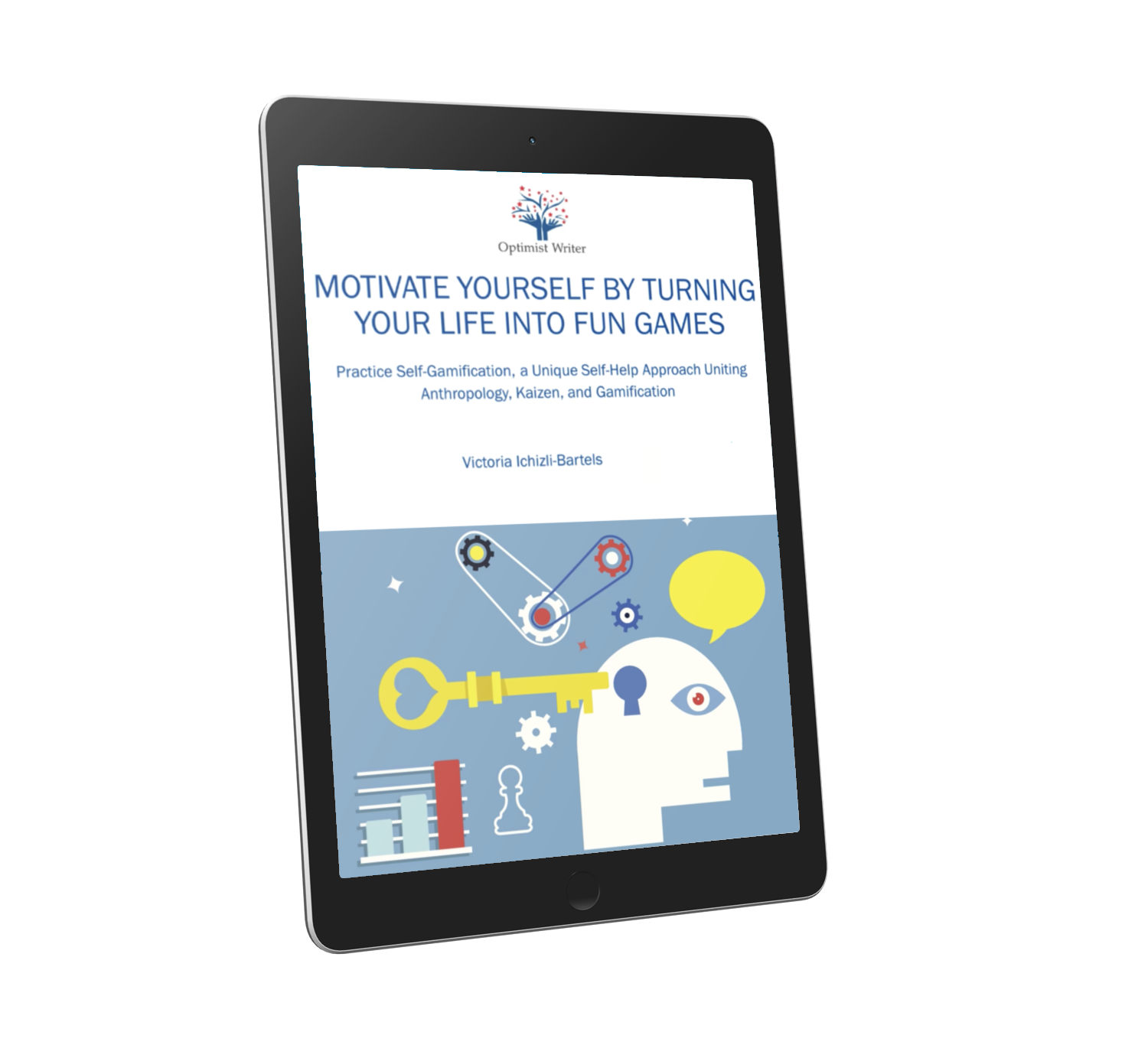***
Here is the third blog post in a series featuring videos on YouTube, where I read from one of my motivational books for one minute.
In this video, I read from The Who, What, When, Where, Why & How of Turning Life into Fun Games: A Compressed Version of the Self-Gamification Happiness Formula.
The extract I am reading is from the chapter titled “How?”.
Here it is if you want to read along, prior, or afterward.
***
Excerpt from The Who, What, When, Where, Why & How of Turning Life into Fun Games
1. Self-Gamification is a lifestyle
So far, we have considered all the five “W” questions — those starting with the words “who,” “what,” “when,” “where” and “why.”
The remaining question is how to turn something or anything into games.
The answer is multi-faceted, and in a way, the whole book is about how to do it, because the “how?” embraces the answers to all the “W” questions: “who?”, “what?”, “when?”, “where?” and “why?”.
But the most important facet of how to turn our lives into games is that the gameful approach to life, Self-Gamification, just like those for our health, well-being, and happiness, is not a one-time pill to fix a problem once and for all, but a lifestyle. Because:
“Happiness is not a destination. It is a way of life.” — Anonymous
2. What is Self-Gamification?
So, what is this new approach to increasing self-motivation and bringing ourselves back on our happy path? And why the need for a new term?
***
The next step
To take this game to the next level, I invite you to read the book. To look at The Who, What, When, Where, Why & How of Turning Life into Fun Games and buy it on Amazon, click on its title or the image below:
If you want to see where else you can buy it, then go to the book’s page on this website here.
Alternatively, you can subscribe to my page, Optimist Writer, on ko-fi for $5 a month, and besides supporting what I do, you will also get access to all my motivational books, which I share there once a month or each time a book is out. Right now, you can get access to four of my books there — one upon subscription or one-time support and three in the posts solely for subscribers. The Self-Gamification Happiness Formula is one of the three. The Who, What, When, Where, Why & How of Turning Life into Fun Games will be one of the next books I will share there.
Enjoy answering any question you receive or ask yourself in a gameful and joyful way!




 Screenshot by the author
Screenshot by the author Image by Alice Jago
Image by Alice Jago